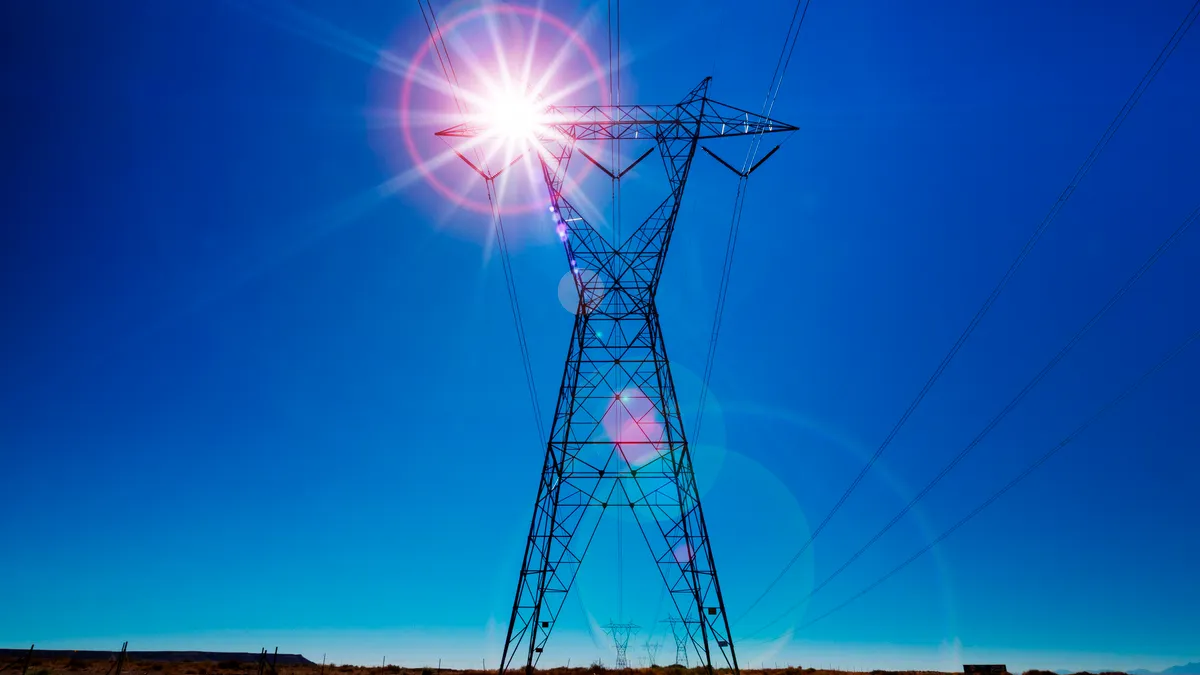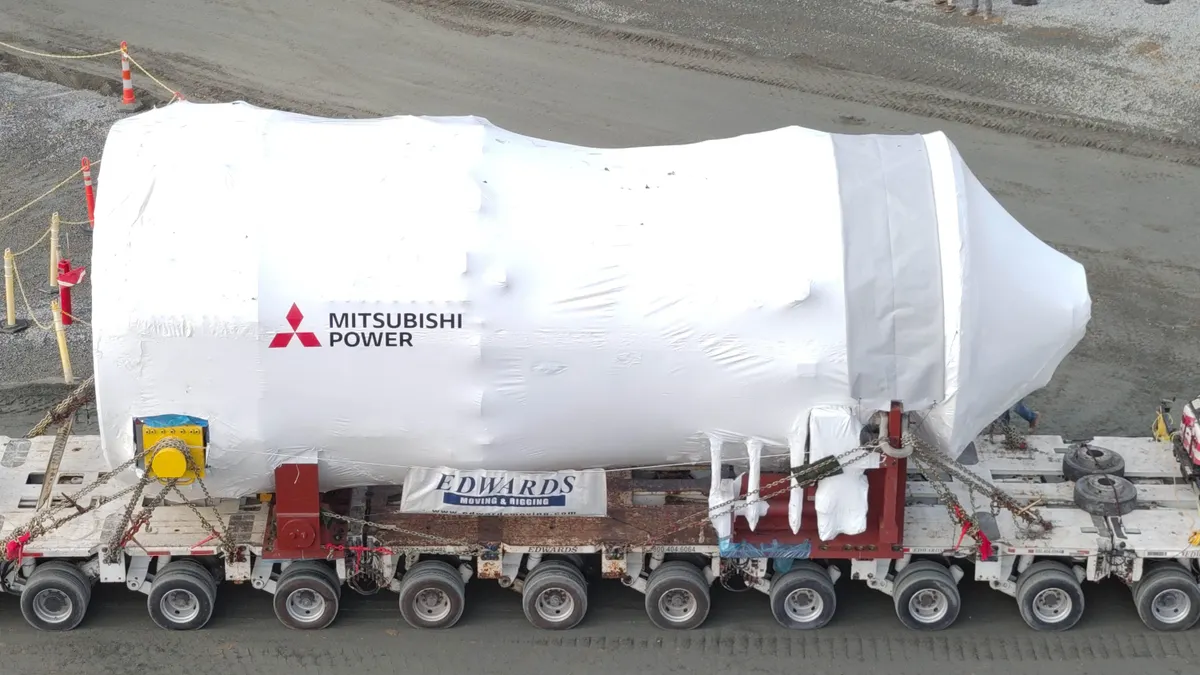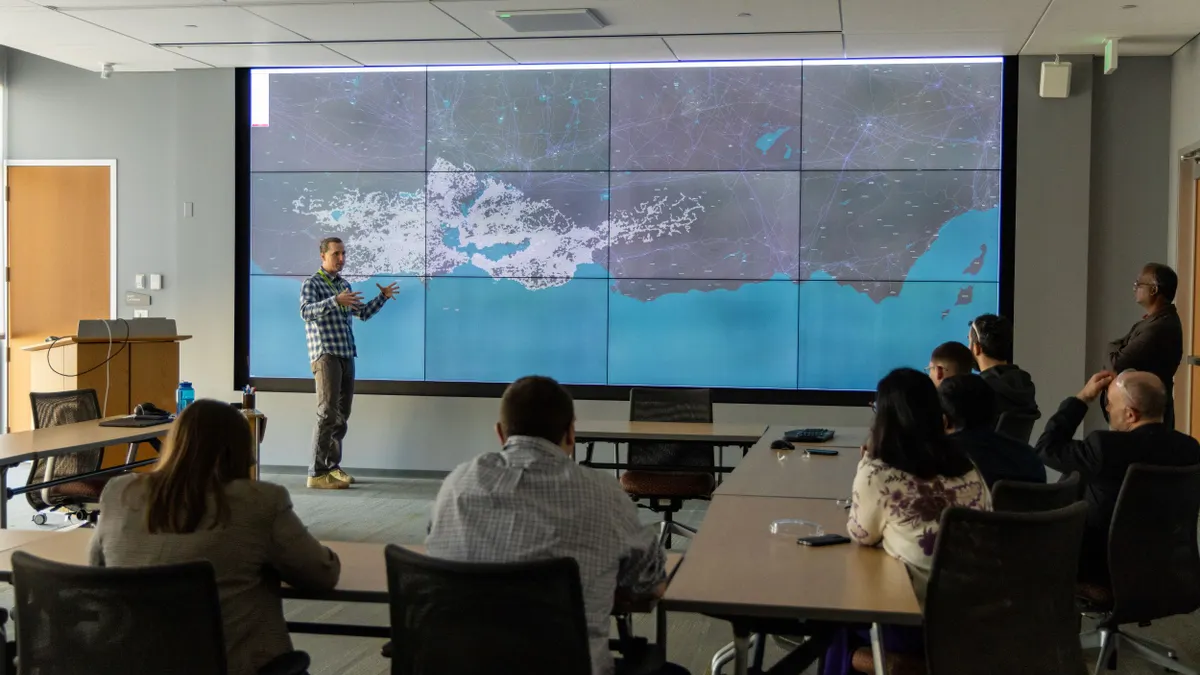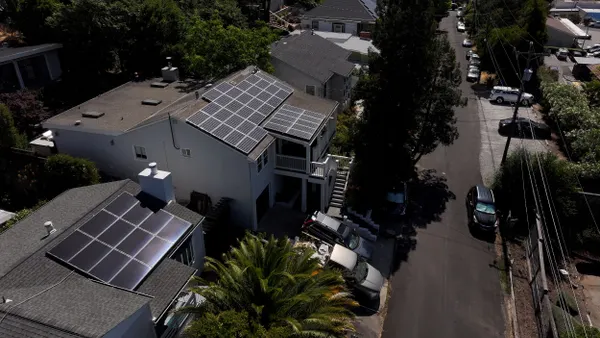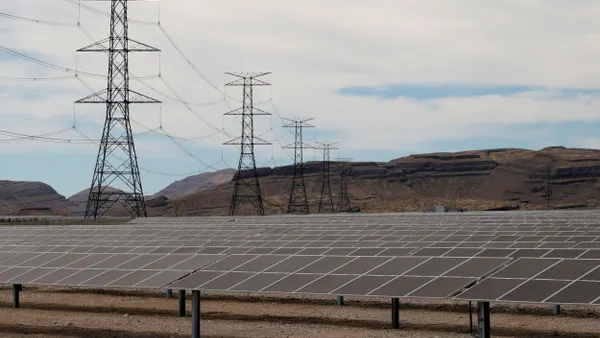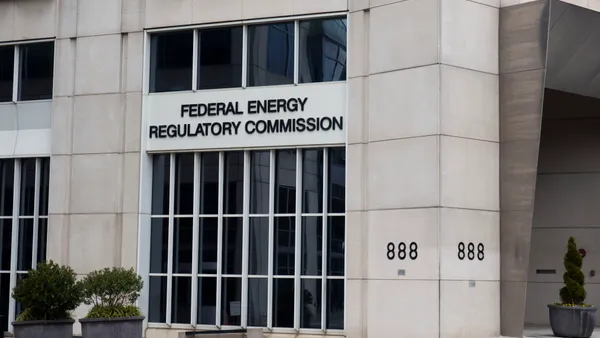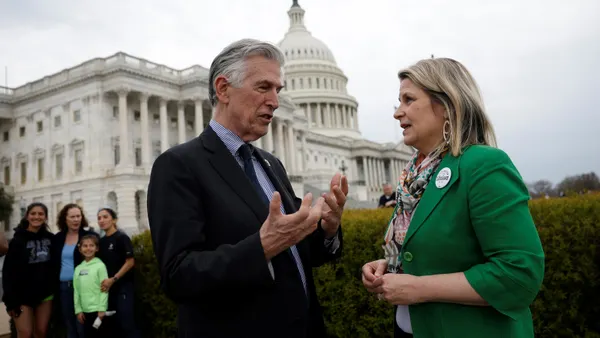Dive Brief:
- The U.S. Department of Energy on Wednesday unveiled a list of 10 potential national interest electric transmission corridors, a designation that would allow the federal government to expedite the development of grid expansion projects in those areas.
- The proposed corridors total more than 3,500 miles across targeted regions including the Northwest, Mid-Atlantic, New York and New England, Southwest and Northern Plains. DOE’s announcement kicks off a 45-day period for comments on the NIETC boundaries and the corridors’ potential impacts.
- DOE is also also taking comments until July 31 on eligibility criteria for direct loans under the agency’s Transmission Facility Financing program, which can help finance transmission projects in the NIETCs.
Dive Insight:
The potential development corridors DOE named are areas where a lack of transmission capacity can drive up consumer electricity bills and where extreme weather can result in power disruptions, agency officials said Tuesday in a call with reporters.
A key to developing more reliable and affordable clean power “is improving how we plan, how we permit and how we finance transmission all across the country,” Secretary of Energy Jennifer Granholm said.
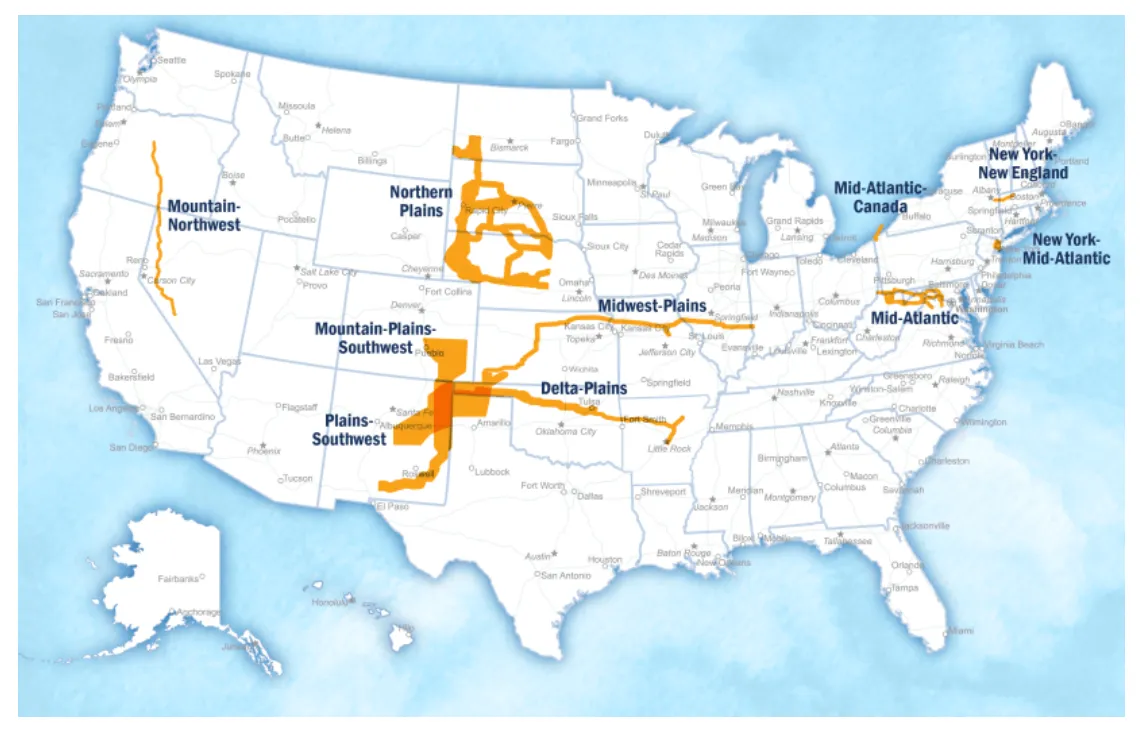
The 10 potential NIETCs, informed by DOE’s 2023 national transmission needs study, include:
- Delta Plains: A 645-mile-long corridor spans portions of Arkansas and Oklahoma. This interregional corridor between the Southwest Power Pool and Midcontinent Independent System Operator could facilitate cross-interconnection transmission.
- Mid-Atlantic: This proposed corridor consists of multiple parallel sections, each up to 180 miles long, within the PJM Interconnection in portions of Maryland, Pennsylvania, Virginia and West Virginia. It largely parallels existing 500-kV transmission facilities and could help meet future demand growth, DOE said.
- Midwest-Plains: This potential 780-mile corridor in parts of Illinois, Indiana, Kansas and Missouri includes portions of an existing 345-kV transmission right-of-way and touches the PJM, MISO and SPP grids. The designation could help speed clean energy integration, DOE said.
- Mountain-Plains-Southwest: The 540-mile long corridor, including portions of Colorado, New Mexico and Texas, could help address congestion between the Plains and Mountain regions that prevents delivery of affordable generation.
- New York-New England: This 60-mile corridor in Massachusetts and New York includes sections of existing state highway and high-voltage transmission right-of-way. Development in the proposed corridor could help address potential electricity shortfalls that can occur during extreme weather, it said.
A complete list of DOE’s proposed NIETCs can be found here.
“We want to hear from developers and environmental groups and state and community advocates about any concerns or challenges that they anticipate in these areas,” Granholm said. Following the comment period, “we'll narrow down the list ... and once the final NIETCs are identified and designated, those projects will be eligible for special financing streams, including $2 billion in loans from the Inflation Reduction Act,” she said.
“This program is going to help us build out transmission capacity quickly and efficiently for the people who need it most without compromising on the quality of environmental reviews or community outreach,” Granholm said.
“DOE has set up a very consultative process, and has used the best information from macro studies down to work on the ground with micro routes,” Rob Gramlich, president of Grid Strategies, said in an email. “Getting the macro and micro together has been a major challenge since the policy started in 2005. I’m sure people along these routes will look forward to the financing tools that are opened up with designations.”
The preliminary corridors “include several critical transmission pathways, including the complete footprint of Invenergy’s Grain Belt Express and Cimarron Link projects,” said Invenergy's Shashank Sane, executive vice president of transmission.
“We are exploring how designation might further expedite these projects. Designation in the Midwest is especially important for MISO, as the highest-risk area in the country for supply shortfalls,” Sane said. "This announcement is the latest affirmation of the urgent need for interregional transmission investment.”
Transmission development and permit reform have been a focus of the Biden administration, and the Federal Energy Regulatory Commission is expected to issue new rules for planning and cost allocation at a special open meeting May 13. Those rules could help “unlock transmission across the country,” Granholm said.
The NIETC comment period closes June 24, after which DOE said it will narrow the list of potential development corridors and begin drafting formal corridor designation reports, conducting environmental reviews and taking public comment, among other steps. That process is expected to begin in the fall, officials said.
The Transmission Facility Financing program can provide direct loans for eligible transmission projects within a NIETC. DOE is also taking comments on the scope of eligible projects and financing requirements for the program. The agency said it expects to open the TFF program in 2025.
The transmission permitting process has historically been plagued by “delays and bottlenecks,” said White House clean energy senior advisers John Podesta. The Biden administration has laid out a road map for cutting through the red tape on permitting reform, he said.
“The truth is, if we can't build critical clean energy projects through a few backyards then no one will have a backyard,” Podesta said.



